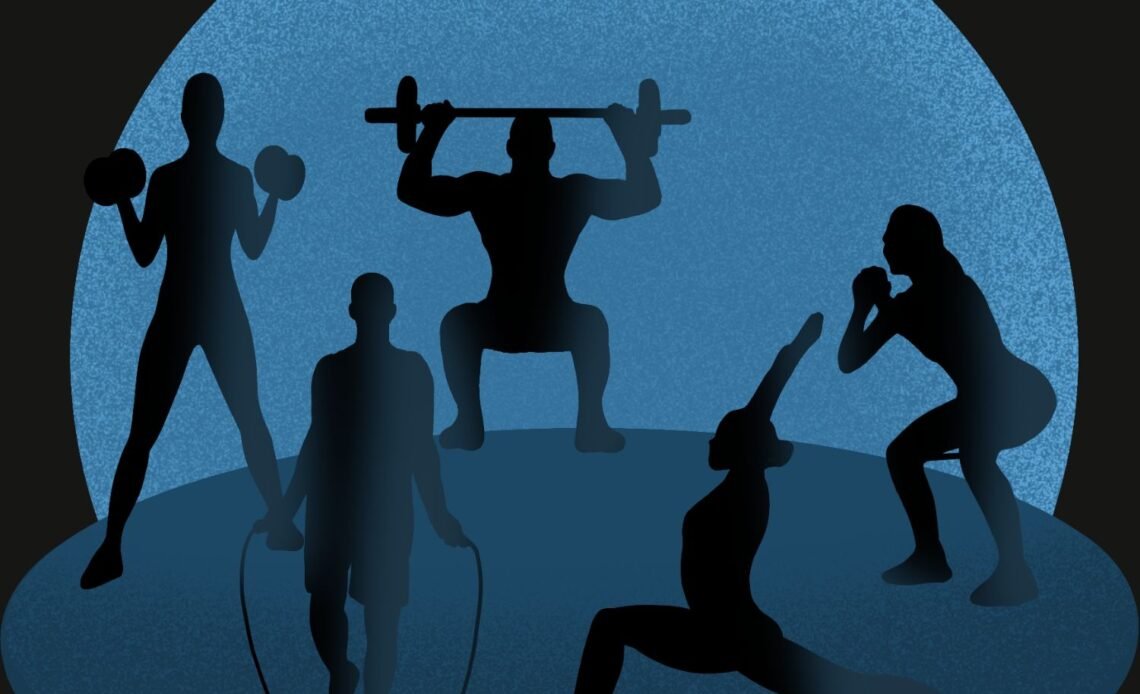In the heat of competition, where fractions of a second can define a career, athletes are turning to something far beyond physical training—data. Every stride, every leap, every heartbeat is being captured by wearable sensors, translating human motion into a symphony of numbers.
It’s a silent revolution, one where Sports Harmonicode stands at the forefront, guiding athletes to perfect the art of movement in ways that were once only imaginable. For today’s champions, success isn’t just about natural talent or hard work. It’s about syncing their bodies with the precision of data, creating harmony between motion and science.
This, in essence, is the promise of Sports Harmonicode.
Wearable sensors, which are often attached to an athlete’s clothing or worn as part of fitness gear, capture data such as stride length, muscle engagement, heart rate variability, and joint movements. But what separates Sports Harmonicode from standard data analysis is its focus on harmonizing these movements with the body’s natural patterns.

In the same way that a symphony comes together when every instrument plays in harmony, Sports Harmonicode uses these sensors to identify where an athlete’s form or rhythm might be “out of tune.” By detecting these inefficiencies in real time, athletes are able to make small but critical adjustments to their movements, often while still in the middle of a training session.
This data-driven approach is increasingly being adopted by professional teams. In fact, by 2030, AI investments in sports are expected to reach $19 billion, with large teams seeing even a 5% performance improvement as a game-changer.
According to Rizzoli, CEO of V7, an AI platform that helps analyze sports footage, AI is already used primarily for training, enabling athletes to learn where they are strongest and where they need improvement.
For example, Swing Vision, an AI-powered app used in tennis, allows athletes to analyze their shots, such as forehand errors and longest rallies, using just an iPhone. The app can even resolve disputes by determining whether a shot is in or out.
The same AI and sensor technology is being expanded to other sports, including volleyball, baseball, and pickleball, enhancing both player performance and officiating quality.
We’ve seen remarkable stats and findings related to the use of wearable sensors and Sports Harmonicode in sports performance:
- Injury Prevention and Performance: A report from the National Institutes of Health found that wearable sensors reduced injury rates by 20% in professional sports by monitoring biomechanical patterns, allowing athletes to better understand their limits and avoid overuse injuries.
- Real-Time Data: Studies show that athletes using wearable sensors can improve their performance by 5-10% in high-intensity sports due to the immediate feedback provided by these devices, which helps optimize form.
- Adoption Rates: According to a report by Sports Tech Research, 62% of elite athletes now use wearable tech for performance analysis, with basketball, track and field, and swimming being the early adopters.
These stats underline the growing importance of integrating data and motion analysis through wearable sensors in modern athletics.
The implications of Sports Harmonicode extend beyond refining technique. One of the most profound benefits of this system is injury prevention. Traditional training methods often lead to overuse injuries or unnoticed biomechanical imbalances. By capturing subtle changes in movement, wearable sensors alert athletes to potential issues long before they manifest as injuries. For example, a basketball player can receive real-time data about their shooting mechanics, identifying stress on their knees or hips before it becomes a problem.
This proactive approach is invaluable for extending the longevity of professional athletes’ careers, allowing them to remain at the top of their game for longer.
In practice, the Sports Harmonicode system works by syncing wearable sensors with data analysis software that translates physical movement into harmonics. If these harmonics show that one part of the body is moving out of sync, the system can alert the athlete in real time. This feedback loop allows for on-the-spot corrections, enabling coaches to rely on precise data instead of traditional observational training.
Practical Applications:
- Running: Athletes can refine their stride and foot placement to improve speed while minimizing energy waste. Harmonicode analysis also helps prevent common injuries like shin splints by ensuring balanced movement patterns.
- Team Sports: It helps players improve coordination and agility, optimizing movements like shooting, passing, and defensive footwork.
- Injury Prevention: By detecting biomechanical imbalances early, harmonicode can prevent overuse injuries and promote long-term joint health.
Benefits:
- Enhanced Performance: Athletes using Sports Harmonicode experience better movement efficiency, leading to significant gains in performance.
- Reduced Injury Risk: The system identifies harmful movement patterns before they cause injury, allowing athletes to correct them in real time.
- Faster Recovery: Optimizing movement reduces muscle strain and speeds up post-training recovery.
Looking ahead, AI will likely play a larger role in predicting performance plateaus and injuries, enabling athletes to adjust their training programs with even greater precision. As more athletes and teams adopt these technologies, it’s clear that data will continue to be a key player in shaping the future of sports performance. or injuries, allowing athletes to adjust their training programs with even greater precision. As more athletes and teams adopt these technologies, it is clear that data will continue to be a key player in shaping the future of sports.


